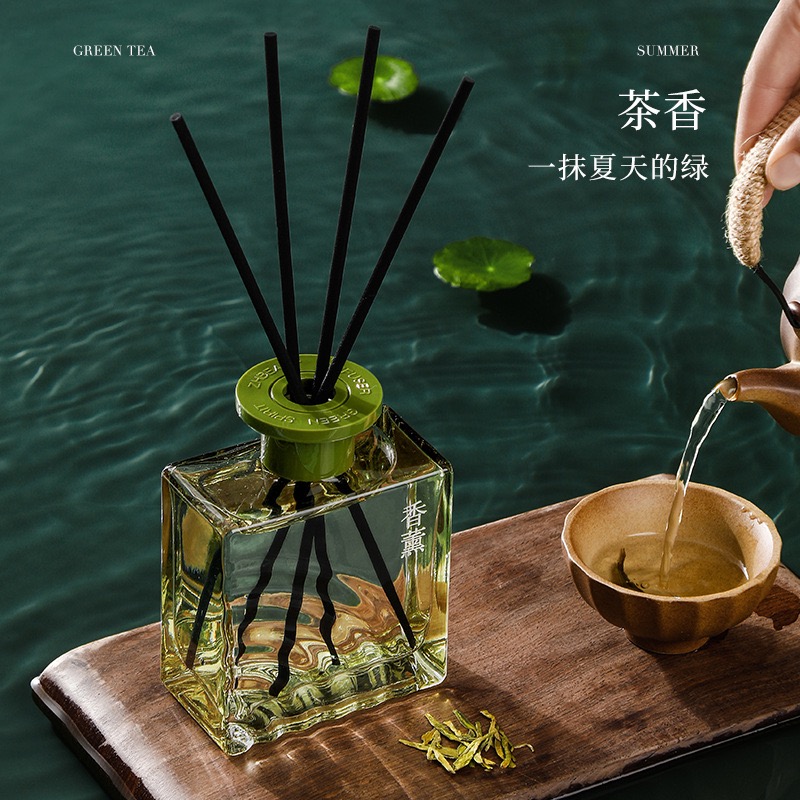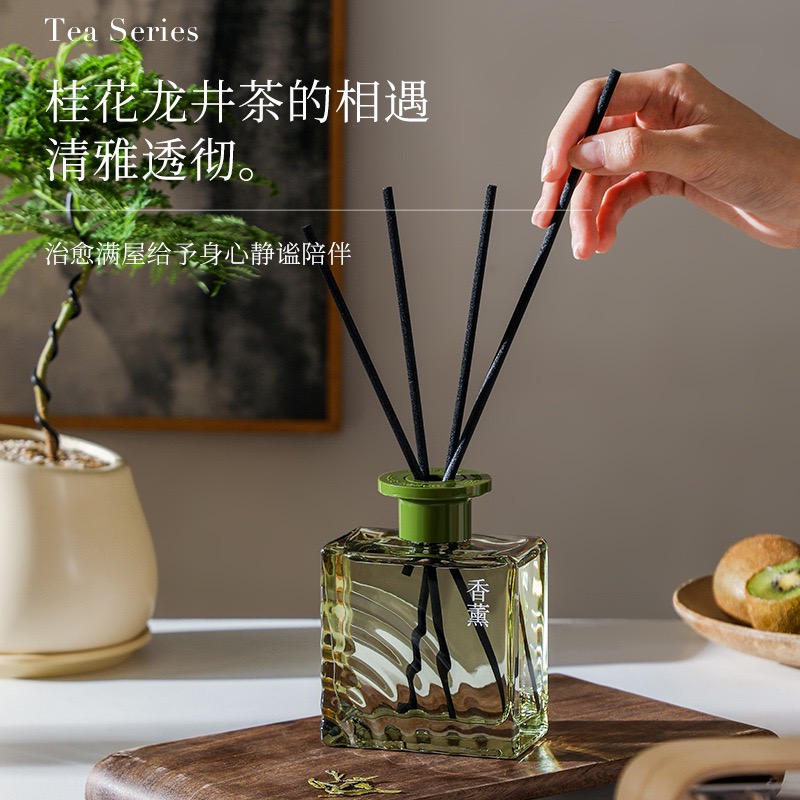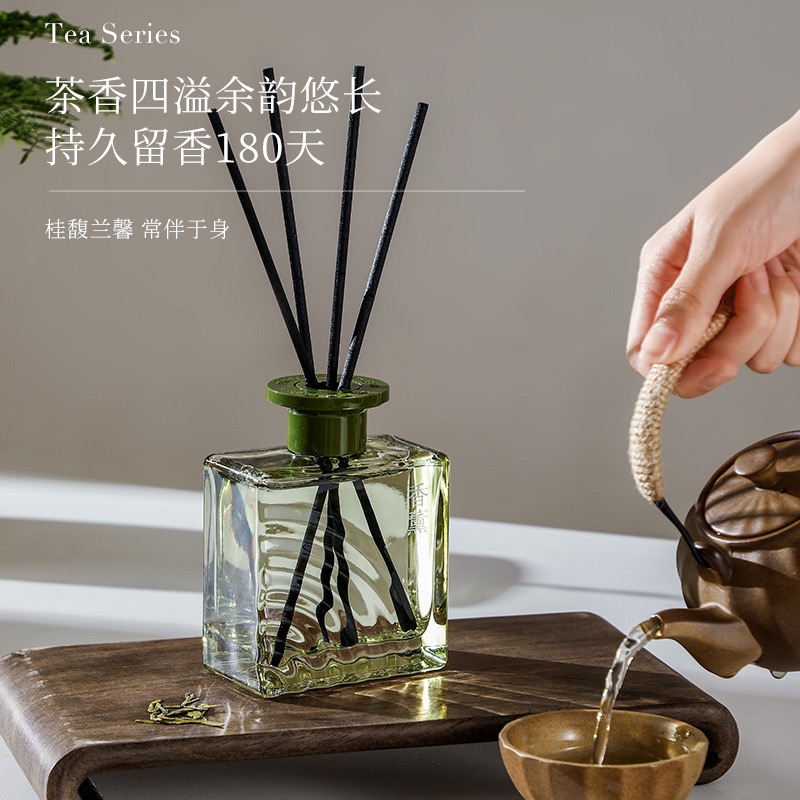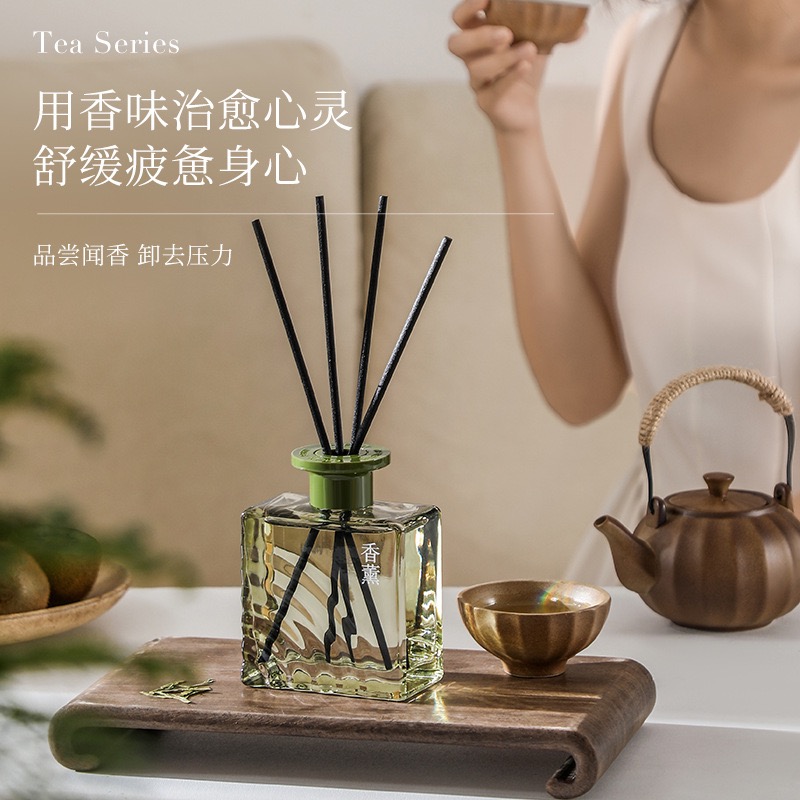Chinese Aromatherapy Culture: Aroma Art Inherited for Thousands of Years
Aromatherapy, a fragrance art originating from ancient China, has undergone thousands of years of baptism. It not only carries a profound history and culture, but also shines with new brilliance in modern society. From the sacrificial rites in the Spring and Autumn Period and the Warring States Period, to the widespread use in the Qin and Han Dynasties, to the popularity in the Wei, Jin, Southern and Northern Dynasties, aromatherapy has always been an indispensable part of Chinese daily life, which is not only a spiritual sustenance, but also an embodiment of aesthetics.

The Origin and Early Development of Aromatherapy
The history of Chinese aromatherapy culture can be traced back to ancient times over 6000 years ago, when people began using fragrant plants for "fire rituals" to worship the gods and ghosts of heaven and earth. Over time, aromatherapy has gradually moved away from religious rituals and integrated into people's daily lives. During the Spring and Autumn Period and the Warring States Period, aromatherapy was not only used for worship, but also began to be used as an important means of health preservation, disease prevention, and improving living environment. Herbs such as lavender, quran, yujin, and maoxiang were widely used, and wearing sachets, bathing with fragrant soup, and giving incense as gifts became popular at that time.

The Evolution of Aromatherapy Instruments
With the flourishing of aromatherapy culture, specialized tools for smoking fragrances have also emerged. From the gray pottery incense burners of the prehistoric Hongshan Culture, to the popular bronze Boshan stoves of the Han Dynasty, and to the porcelain aromatherapy vessels of the Wei, Jin, Southern and Northern Dynasties, the materials and shapes of aromatherapy equipment have continuously evolved and become increasingly exquisite. During the Three Kingdoms period, porcelain heavy furnaces were mostly in the shape of pots or basins, with several rows of small circular holes on the belly for easy air flow and aroma outflow; During the Western Jin Dynasty, aromatherapy placed greater emphasis on decoration. For example, the incense burner unearthed from the Zhouchu Tomb in Yixing, Jiangsu, had a spherical shape with triangular air holes carved on it, showcasing its exquisite and delicate appearance.

The heyday of aromatherapy culture
In the Tang Dynasty, aromatherapy culture reached a new peak. Nobles commonly use silver aromatherapy balls, which have a small bowl with a circular active axis inside. No matter how the ball rolls, the small bowl can remain level, ensuring that the spices will not tip over. In the Song Dynasty, the production process of aromatherapy equipment was even more exquisite, such as the fragrance incense from Yaozhou Kiln, which resembled a tea cup with a holder and had decorative walls, making it a masterpiece of Song Dynasty aromatherapy stoves. During the Ming and Qing dynasties, aromatherapy culture continued to develop, and portable aromatherapy appliances such as hand stoves and foot stoves were widely popular among the people, becoming a beautiful scenery in the folk customs.

Modern Inheritance and Innovation of Aromatherapy
To this day, aromatherapy culture continues to thrive on the land of China. With the development of society and cultural exchange, the types and uses of aromatherapy have become more diverse. In Yiwu City, Zhejiang Province, Wancheng Fragrance Crafts Co., Ltd. is an enterprise dedicated to the inheritance and innovation of aromatherapy culture. The company is located in Zone 4 of Yiwu International Trade City, relying on Yiwu, a globally renowned small commodity market, to combine traditional aromatherapy culture with modern design concepts and launch a series of distinctive aromatherapy products.
Wancheng Fragrance Crafts Co., Ltd. not only focuses on product quality and design, but is also committed to spreading aromatherapy culture to more people. The aromatherapy products produced by it can not only be used for home leisure incense, but also as gifts for friends and family, conveying beautiful blessings and friendship. At the same time, the company actively promotes knowledge related to aromatherapy culture, allowing more people to understand and love the fragrance art that has been passed down for a thousand years.
epilogue
Aromatherapy culture, as an important part of traditional Chinese culture, has been passed down and developed for thousands of years, still emitting unique charm. From the solemn ceremony of ancient sacrifice to the artistic enjoyment of modern life, aromatherapy has always accompanied the life of Chinese people and become a bridge connecting the past and the future. In the days to come, let us continue to inherit and promote this precious cultural heritage, and let the aroma of aromatherapy forever float on the land of China.












